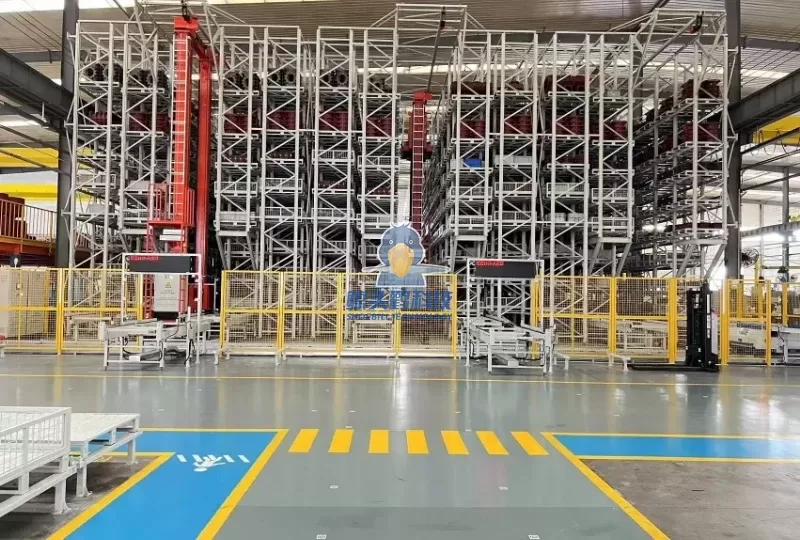When embarking on the journey of entrepreneurship, one of the most pressing questions that arise is: How many years should it take for a business to pay for itself? This question is pivotal, as it not only influences financial planning but also shapes the strategic direction of the business. In this article, we will delve into the factors that determine the payback period, the significance of understanding this timeline, and practical strategies to optimize your business's financial performance.
Understanding the Payback Period
The payback period is the time it takes for an investment to generate an amount of income equal to the cost of the investment. For businesses, this translates to the duration required for revenues to cover initial startup costs, including equipment, inventory, marketing, and operational expenses. While there is no one-size-fits-all answer, several key factors influence this timeline.
Factors Influencing the Payback Period
- Industry Norms: Different industries have varying benchmarks for payback periods. For instance, tech startups may expect a longer payback period due to high initial R&D costs, while retail businesses might achieve quicker returns due to immediate sales potential. Understanding industry standards can provide a realistic framework for your expectations.
- Business Model: The structure of your business model plays a crucial role in determining the payback period. Subscription-based models may see quicker returns due to recurring revenue, while traditional sales models might take longer to recoup initial investments. Analyzing your business model's cash flow dynamics is essential for accurate forecasting.
- Market Conditions: Economic factors, including market demand, competition, and consumer behavior, can significantly impact how quickly a business can achieve profitability. A robust market can accelerate growth, while economic downturns can extend the payback period. Staying attuned to market trends is vital for strategic planning.
- Operational Efficiency: The efficiency of your operations directly affects your bottom line. Streamlining processes, reducing waste, and optimizing supply chains can enhance profitability and shorten the payback period. Investing in technology and training can yield long-term benefits in operational efficiency.
- Initial Investment Size: Naturally, the larger the initial investment, the longer it may take to pay off. Businesses that require substantial capital upfront, such as manufacturing or real estate ventures, may need several years to break even. Conversely, businesses with lower startup costs, like service-oriented firms, may achieve profitability more quickly.
The Importance of Setting Realistic Expectations
Understanding how long it should take for a business to pay for itself is crucial for several reasons:
- Financial Planning: Accurate projections help in budgeting and securing funding. Investors and lenders often look for a clear timeline for return on investment (ROI) before committing resources.
- Strategic Decision-Making: Knowing your payback period can guide decisions on scaling operations, entering new markets, or pivoting business strategies. It allows for informed risk assessment and resource allocation.
- Performance Measurement: Establishing a timeline for profitability provides a benchmark against which to measure business performance. Regularly reviewing progress against this timeline can help identify areas for improvement.
Strategies to Optimize Your Payback Period
- Conduct Thorough Market Research: Understanding your target audience and market dynamics can help tailor your offerings and marketing strategies, leading to quicker sales and revenue generation.
- Focus on Customer Retention: Acquiring new customers is often more expensive than retaining existing ones. Implementing loyalty programs and enhancing customer service can improve retention rates and boost recurring revenue.
- Leverage Digital Marketing: Utilizing cost-effective digital marketing strategies can enhance visibility and drive sales without incurring significant expenses. Social media, content marketing, and SEO can yield high returns on investment.
- Monitor Financial Metrics: Regularly tracking key financial metrics, such as cash flow, gross margin, and customer acquisition cost, can provide insights into your business's financial health and help identify areas for improvement.
- Adapt and Innovate: The business landscape is constantly evolving. Being open to change and innovation can help you stay competitive and responsive to market demands, ultimately shortening your payback period.
Conclusion
In conclusion, the question of how many years it should take for a business to pay for itself is complex and multifaceted. While industry norms and business models provide a framework, individual circumstances will vary. By understanding the factors that influence the payback period and implementing strategic measures to optimize financial performance, entrepreneurs can set realistic expectations and navigate the path to profitability more effectively. Ultimately, a well-planned approach not only enhances the likelihood of success but also fosters sustainable growth in the long run.


